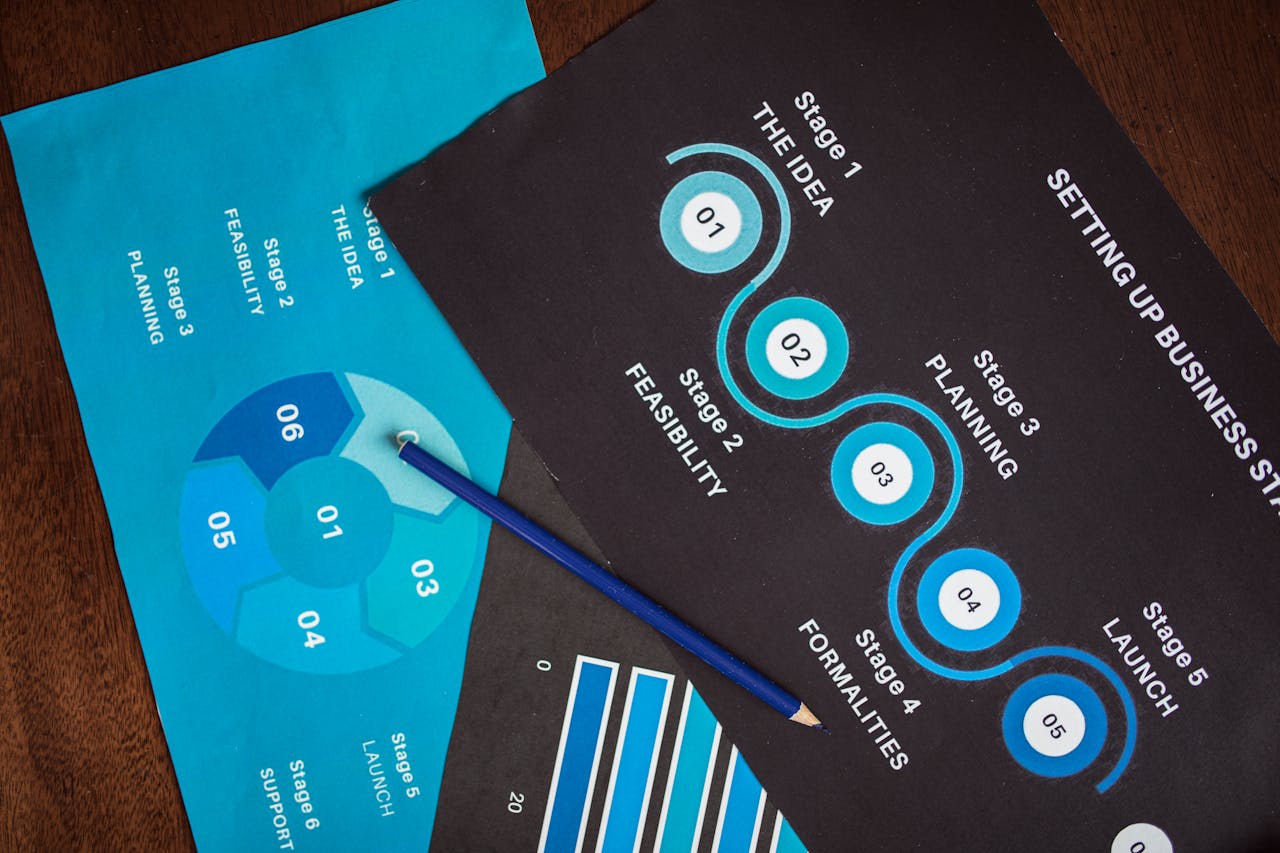One of the most common missteps in B2B marketing is misjudging how long it takes to accurately measure campaign performance. Many organizations pull the plug too early, misinterpret delayed results, or fail to recognize the compounding effects of brand and demand activities.
The truth is, B2B marketing performance often takes longer to materialize than leaders expect—and it’s costing companies revenue.
Why B2B Attribution is Misunderstood
In B2B environments, the buyer journey is long, fragmented, and complex. Decision-making committees can involve multiple stakeholders, with budgets and approvals moving slowly. And in many cases, deals originate from dark funnel interactions that can’t be easily tracked or tied to a single campaign.
Despite this complexity, many marketing teams are still pressured to prove ROI within 30 to 90 days. This short-term lens can lead to:
- Pausing high-potential campaigns prematurely
- Undervaluing long-tail efforts like brand building
- Misattributing pipeline fluctuations to the wrong channels
Real-World Example: When Results Lag Behind Investment
It’s not uncommon for B2B campaigns to drive conversions long after the ads stop running. In fact, many marketers have examples of campaigns that ended months ago but are still generating revenue today.
One client paused their paid social campaigns in April. Conversions from that effort continued into Q3. Yet by the end of Q3, when the momentum slowed, leadership attributed the downturn to SDR performance or broader market conditions—not the absence of marketing.
This kind of mistake is common. It stems from a fundamental misunderstanding of B2B marketing performance timelines.
Paid Channels: Short vs. Long-Term Impact
Not every marketing channel operates on the same schedule. Understanding the appropriate evaluation window for each effort is key to building a balanced growth strategy.
Short-Term Impact (Expect results within 90 days):
- Paid Search (Google Ads, Bing)
- Cold outbound (SDR-driven email or phone outreach)
- Direct response campaigns with bottom-of-funnel offers
These channels are built to convert in-market buyers quickly. They should demonstrate measurable pipeline impact within a quarter. If they don’t, it’s worth reviewing targeting, messaging, or offer quality.
Long-Term Impact (Expect results in 180+ days):
- Paid social targeting out-of-market buyers
- Brand marketing and awareness-building efforts
- Thought leadership, podcasts, newsletters, and community engagement
Campaigns targeting future buyers or high-ticket sales cycles take longer to convert. You may start seeing early signals—like increased ICP traffic or more brand name search volume—but pipeline and revenue will take time to mature.
Marketing Performance is a Time-Lagged Equation
The B2B funnel is not linear. It’s layered with interactions, touches, and invisible influences. Growth may continue for a quarter or two even after pausing a campaign, but that growth is the result of marketing activity from months prior.
So what happens when companies misinterpret this time lag?
- They stop investing in channels that were working
- They reduce brand spend in favor of direct attribution
- They push SDRs harder instead of supporting long-term demand creation
Eventually, the funnel dries up. But by the time it does, it’s too late. Recovery will take just as long as the delay that created the illusion in the first place.
How to Educate Stakeholders on Attribution Timelines
For marketers to succeed, they need buy-in from the executive team—especially the CEO and CFO. These roles are often skeptical of programs that don’t deliver immediate ROI.
Here are some ways to set expectations and align on real B2B marketing performance:
1. Teach Attribution Basics
Explain the difference between first-touch, last-touch, and multi-touch attribution. Show how long cycles affect each model. Use clear examples where a long-view interpretation reveals value.
2. Share Lagging and Leading Indicators
Map early signals to later-stage outcomes:
- Increased branded search traffic → leading indicator of trust
- Higher repeat traffic from ICP firms → increased interest
- More engaged sessions on content → deeper evaluation behavior
These don’t close deals, but they indicate marketing is moving the right people in the right direction.
3. Use Benchmarks and Holdout Experiments
Run controlled tests where you exclude a portion of your audience from exposure and measure differences in performance. This will help quantify the lift attributable to your efforts, even if deals close much later.
4. Forecast Based on Historical Patterns
If you know it typically takes 180 days for awareness-stage traffic to convert into revenue, then forecast accordingly. Build models that match your actual buyer behavior—not just what fits in a quarterly report.
Don’t Kill High-Value Campaigns Prematurely
Some of your most valuable campaigns may be the ones that don’t show results immediately. Killing them too early is like pulling seeds out of the ground before they sprout.
To avoid this, every B2B team should define:
- Minimum run time before performance evaluations (e.g., 180 days for paid social awareness)
- Early success signals to monitor (e.g., engagement rates, brand search growth, ICP reach)
- Attribution windows that reflect the actual sales cycle
- Cross-functional buy-in on what defines success at each stage
Rebuilding the Growth Mentality Around Time
Short-termism is the enemy of modern B2B growth. The companies that thrive in 2025 will:
- Respect long-term marketing performance cycles
- Evaluate campaigns across entire funnel timelines
- Align measurement models with buyer behavior
- Educate internal teams on attribution and conversion lag
It’s time for a more mature, more nuanced approach to measuring B2B marketing performance.

Hi there! I’m Scott, and I am the principal consultant and thought leader behind Stratus Analytics. I have a Master of Science degree in marketing analytics, and I’ve have been providing freelance digital marketing services for over 20 years. Additionally, I have written several books on marketing which you can find here on Amazon or this website.
DISCLAIMER: Due to my work in the packaging industry, I cannot take on freelance clients within the packaging manufacturing space. I do not want to provide disservice to your vision or my employer. Thank you for understanding.
